A Complete Guide to Creating an Effective Customer Journey Map

Okay, so you have an online business, and you have started making some sales. All is well and good, right? Well, maybe. But the simple fact that you are making sales doesn’t mean that there is no room for improvement. If there were ways to optimize your website and improve user experience and therefore make even more in terms of sales and referrals, why not employ them?
To do that, you need to better understand the experience of your website, store, and even business model as a whole, and the way to a better understanding lies in certain tools and models you can use. A sales funnel is one of them, but the topic here is another: customer journey maps. What is a customer journey map, exactly? How can you make one and what good is it? We intend to answer these and other questions in this article.
Here’s what we will be discussing:
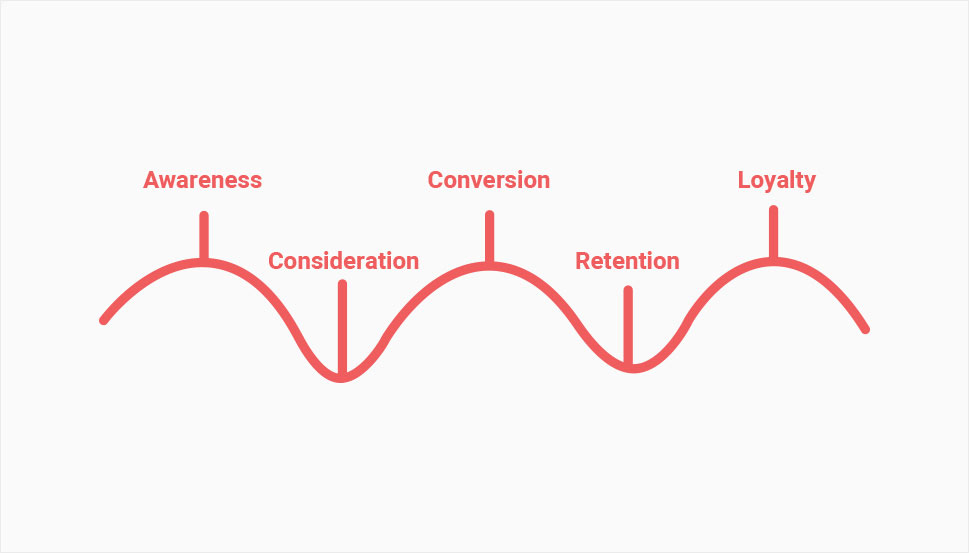
In the simplest of terms, a customer journey map is a visualization of the actions a person takes from coming in contact with your brand in the first place to becoming a paying customer. They are meant to illustrate both real-world and online processes which turn a prospect into a customer and help you make that process more effective.
To illustrate that, let us address the sales funnel model. The sales funnel is an assumption of behaviour of your prospects: in the beginning, a lot of people learn of your brand and get interested in buying from you, while in the end they dwindle down to the few who actually pay.
In a sense, the sales funnel resembles a customer journey map – albeit an obsolete one. Modern thinking is that the funnel is far too simplistic and linear: people don’t just trickle down a funnel, they loop back to earlier stages of the funnel, enter at unusual points, refer others bypassing the “intended” paths, and so on. A modern customer journey map is there to help you visualize these non-linear paths and anticipate customer behaviour.
A customer journey map can take many shapes, from an organization chart to a set of if/then instructions, to a spreadsheet: the one which works the best for you may be something else entirely. The main thing is what is in it, and what it can do for you.
The answer to this one is more or less obvious by now: understanding how your prospects perceive your brand and your website can inform changes in strategy and improve user experience, leading, ultimately, to more customers, more sales and better earnings. A good customer journey map is a tool which can help you learn more about your customers the better to address their needs.
A user is embarking on a journey. They don’t know what’s ahead – but you do. You can use a customer journey map to put yourself into a customer’s shoes. Ask yourself: what kind of questions might they have? What are their needs? Why are they interested in your brand or shop, and what might entice them further? Are their aspects of your website which they find repellent or tedious, and what changes can you make?
An effective customer journey map grants you valuable insights into your customers’ thinking and can offer something in the way of answering the questions above. The problem, of course, is that every business model means a different customer journey map – there is no single template. Still, we will take a look at the commonalities.
Awareness
This is the stage in which a prospect becomes aware of your brand. This can happen in many different ways (ads, your social media promotion efforts, word of mouth), and, when creating a customer journey map, you should be aware of all of them. In somewhat simplified terms, a person becoming aware of your brand (seeing an ad, for instance) is known as an impression, while a person actively expressing interest (say, by googling you) is known as a lead.
Consideration
At this stage, your potential customer is considering making a purchase. This is where you should help them reach a decision favourable for you by offering enough information (possibly in the form of an FAQ section) if they should need it. Your job here is to persuade your leads that they will best serve their needs by buying your product.
Conversion
A conversion is when a lead is converted into a paying customer. At this point, you are on the cusp of making a sale. This is where a direct approach may pay off: for some, a well-designed CTA button might be enough of a draw, while others will respond well to a discount or a BOGO (buy one – get one) deal.
Retention
This stage applies mainly to subscription services, but not exclusively: you are working on creating a happy, returning customer. It may be as simple as a ‘thank you for shopping with us’ page, or as generous as a free gift with each purchase. It can and does overlap a little with the next stage: loyalty.
Loyalty
Also referred to as advocacy, you have, at this point, converted a convert into a zealous advocate of your brand. This can happen if you reward referrals with discounts or gifts, if you implement a loyalty program with significant benefits, or simply if you do everything so well, a person is happy to recommend your shop to their peers, either directly, or perhaps by leaving a good review. In other words, a loyal customer generates impressions and leads for you.
This may all sound a little too abstract. Let’s see what it looks like for, say, a burrito truck:
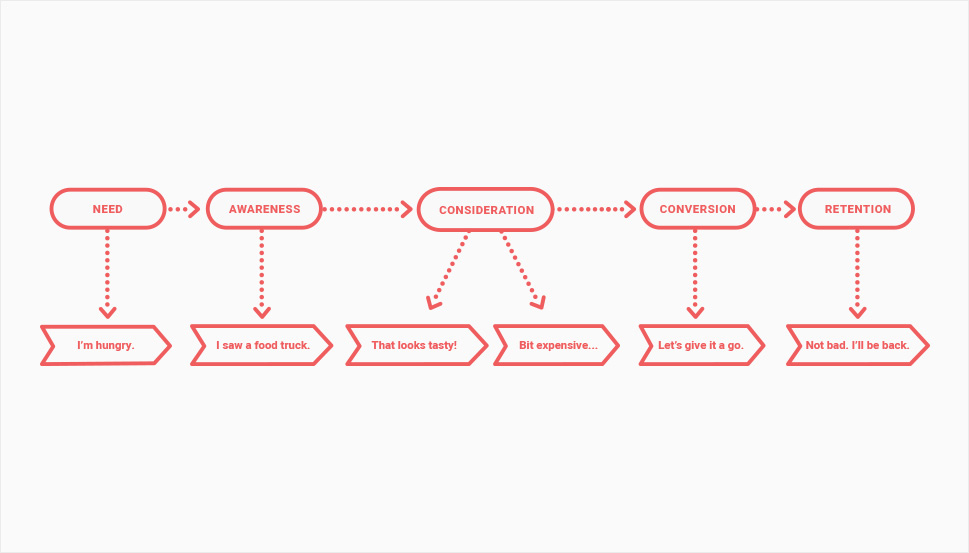
Now, take all of the above with a grain of salt: there is no one true customer journey, and, for some people, the stages described above may or may not appear in any given map, or they may, but in a different order.
But how do you know what stages your customers go through?

To get started, you need to know to whom you are selling: who are your prospects and who are your customers. In order to do that, you need to create mental approximations of your customers – idealized concepts called personas.
As we’ve said before, each of your prospects is an individual with their own needs, desires, interests and views. Each person is special – just like everybody else.
Still, you must be able to imagine the sort of person who would shop at your store. Are they young, middle-aged or older? Are they looking for a bargain or shopping for status? What sort of an education do they have? How likely are they to impulse-shop as opposed to research alternatives?
Saying you should put yourself into your customers’ shoes is easy, but doing it is another story. A persona is what helps get you there. Of course, you may be catering to a lot of different people and groups of people with different interests that cannot reasonably be sublimated into a single persona: you may need to create more than one.
A good way of learning more about your customers’ behaviours is to use a tool like Google Analytics: it alone will provide you with a lot of useful data about your customers. Another good way to learn more is simply to ask them, or listen to what they are asking. Poll your customer support staff, and find out what interests your prospects. Set up a customer questionnaire on your website, and learn just what you did right or wrong, but be aware of the sampling bias: are your data somehow skewed because of whom they are coming from?
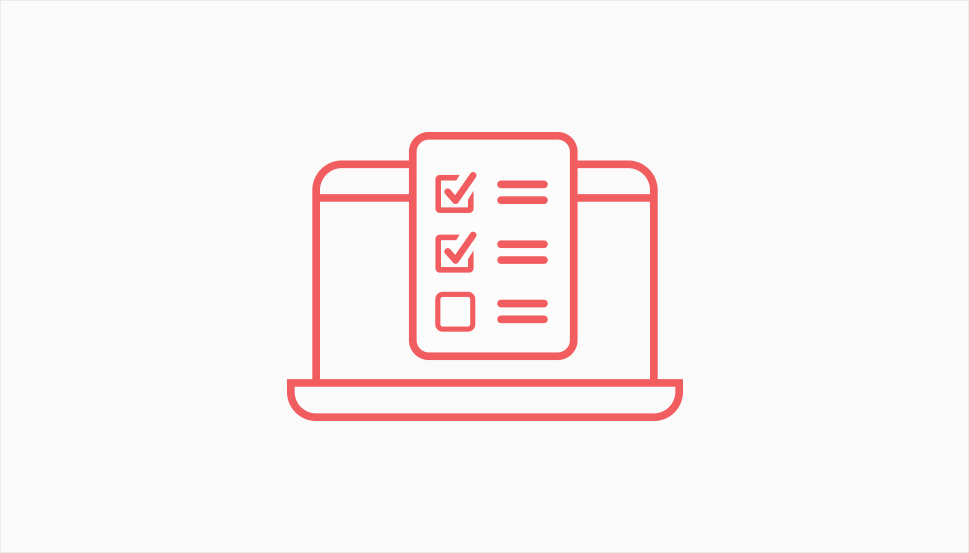
A satisfied customer is more likely to help you out by filling out a questionnaire, but their responses might not lead to discovering any issues which need addressing. If you are only sampling satisfied customers, how likely are you to learn about users who didn’t have a great experience of your website?
To learn as much as you can, you need as large a sample of prospects as possible. There are several ways to survey your website visitors: you could use a survey plugin, or send out a questionnaire via email to your newsletter subscribers. Getting people to give you access to their inboxes can be hard, though, but it isn’t impossible: to shop at most online stores, people still have to provide an email, and you can further entice them to do so with something engaging, such as a spinning wheel feature.
Once you have a good sample, you should start formulating your questionnaire. The first thing to keep in mind is not to make it too long, as people might just give up. You could show an estimated reading time for your questionnaire if you feel that might help, too.
Secondly, you need to ask the right questions, which will depend by and large on the persona or personas you have in mind. Here’s a couple of things you might find useful to know:
-
When and how did your customers hear about your brand?
-
How did they become interested in your website?
-
What do they do on your website; what do they use it for?
-
How easy do they find it to get around on; are there navigation issues?
-
How much time do they typically spend on your website?
-
What kind of content do they like?
-
Have they purchased from you before?
-
Have they considered a purchase from you, but decided against it, and why?
Browse around for customer feedback questionnaires, and figure out the questions you need answers to in order to flesh out your customer personas.
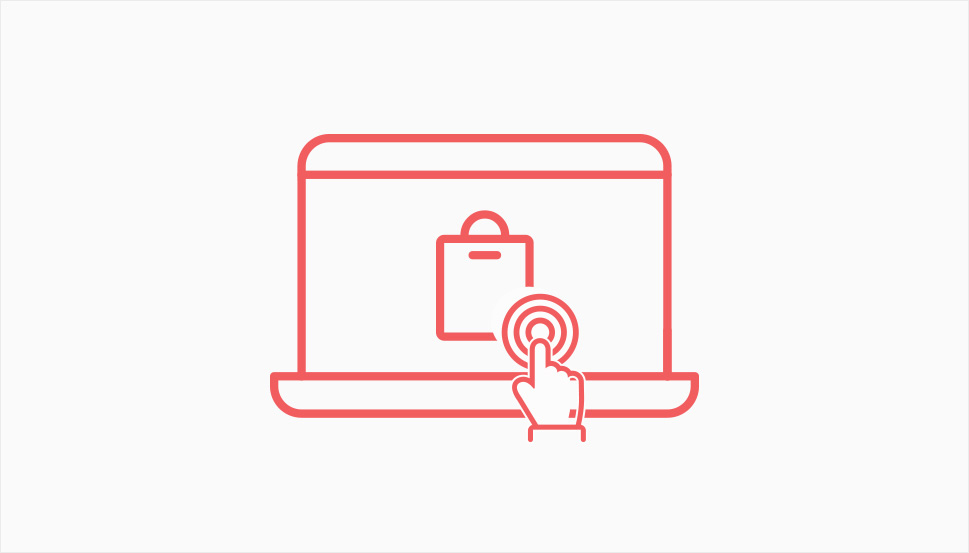
A touchpoint is any point where a customer can interact with you. Your research into customer behaviour should indicate which of those are the ones your target personas – the groups of customers you are optimizing for – use, and whether of necessity or by preference, as well as those you think they should be using.
Touchpoints are the bones of your customer journey map’s topology: basically, your customers move from one to the other. Note also that you shouldn’t limit yourself to mapping out just your website visitors’ behaviour: your touchpoints can include ads, social networks, email marketing, referrals, reviews, word of mouth, and so on.
Once you have identified how your customers interact with you, you may find yourself with a huge number of possible interactions. Your first impulse should be to see whether you can reduce the number of interactions needed – streamline all your processes. However, here is where your personas come in: some people might find it pushy if you nudge them towards a sale immediately, while others may come to your website already intending to make a purchase. If you cater to both personas, you need to create at least two paths.
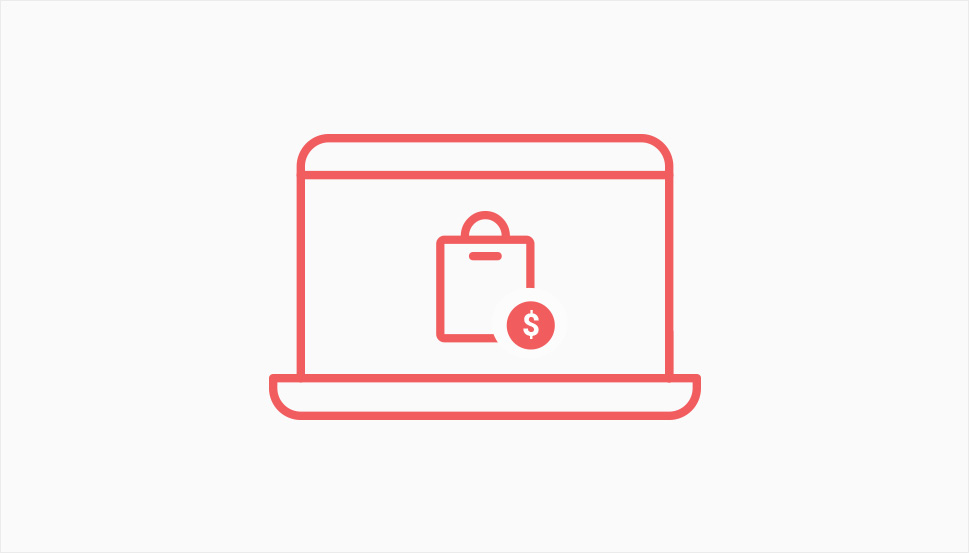
A pain point is an obstacle, a determent which dissuades your visitor from making a purchase. A good example of a pain point is, obviously, the price (as in the above food truck example). You may have some very interested customers who change their mind once they see the price. However, you might have simply overloaded your store with unnecessary hoops your customers need to jump through to get what they want: maybe some people just want to make a purchase and go about their business, and you are asking them to subscribe to your newsletter first.
In the case of the price, tweaking your pricing strategy might be a good way to mitigate it. Of course, you are still after a profit, so the price is one obstacle you will likely not be able to remove altogether. If too many intermediate steps is your problem, though, you may want to cut out some of the steps your customers may find redundant, or perhaps open another more direct path to a sale.
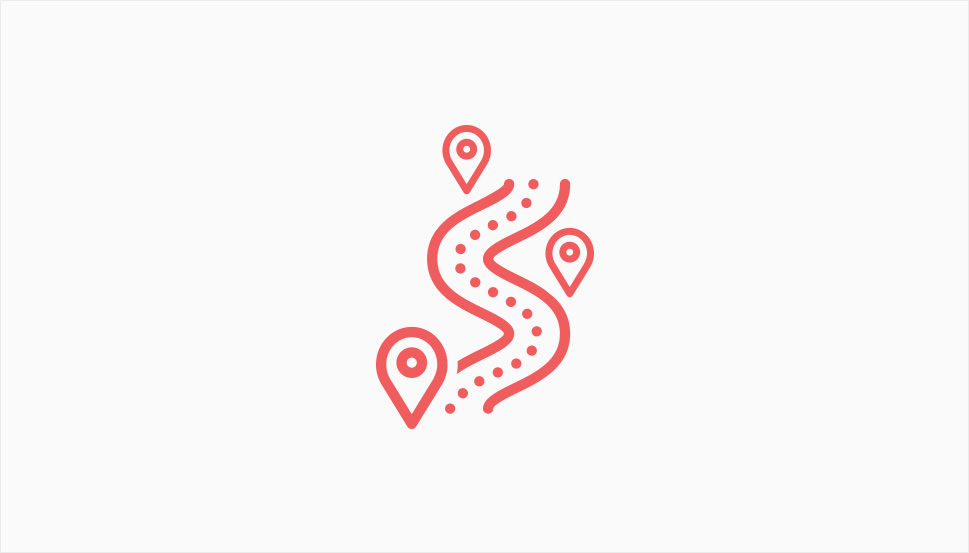
You now have a semblance of a user journey in the form of a timeline, an actual map, a spreadsheet, or in whichever form works best for you. What next?
We have touched upon it in previous sections, but you need to see whether it works – not for you, but for a target persona. Take the path yourself. Does using your website (or finding it in the first place) feel easy? If your target persona is somebody who knows exactly what they want and how much they are willing to spend, that might be pretty straightforward. But what does the process look like for somebody with a vague interest in what you are offering, and can you afford not to accommodate them?
By this point you will have obtained a lot of data and a good sense of what you need your website to do for your customers and, by extension, for you. But bear in mind that that, too, can change: review and redraw your map for each major new product or service package release, as your goals may change. Keep adapting, and keep asking and answering the questions we mentioned.
In Conclusion
A customer journey map shifts your focus to the customer’s perspective and experience of your website, making it easier to understand their needs and desires. Use what you can learn from your customers’ behaviour and make using your website a better experience for them – you will be rewarded with more custom, more traffic, more sales, and better earnings.



